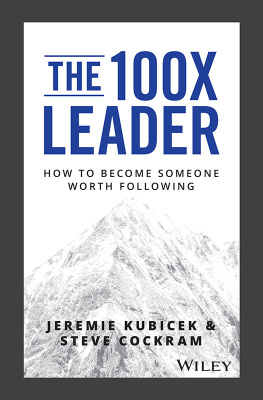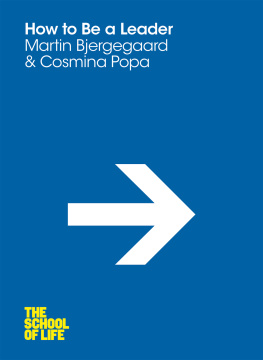

First published in 2016
by Jessica Kingsley Publishers
73 Collier Street
London N1 9BE, UK
and
400 Market Street, Suite 400
Philadelphia, PA 19106, USA
www.jkp.com
Copyright Yvonne Bleam 2016
Front cover image source: Kat Stahl
All rights reserved. No part of this publication may be reproduced in any material form (including photocopying or storing it in any medium by electronic means and whether or not transiently or incidentally to some other use of this publication) without the written permission of the copyright owner except in accordance with the provisions of the Copyright, Designs and Patents Act 1988 or under the terms of a licence issued by the Copyright Licensing Agency Ltd, Saffron House, 610 Kirby Street, London EC1N 8TS. Applications for the copyright owners written permission to reproduce any part of this publication should be addressed to the publisher.
Warning: The doing of an unauthorized act in relation to a copyright work may result in both a civil claim for damages and criminal prosecution.
Library of Congress Cataloging in Publication Data
A CIP catalog record for this book is available from the Library of Congress
British Library Cataloguing in Publication Data
A CIP catalogue record for this book is available from the British Library
ISBN 978 1 78592 708 9
eISBN 978 1 78450 272 0
ABOUT THE AUTHOR
Yvonne Bleam has a Doctorate of Strategic Leadership from Regent University. She has an MBA and BA in Behavioral Neuroscience from Lehigh University, works full-time for Novartis Oncology, and is a Professor of Executive Skills Leadership in the MBA Program at DeSales University. She lives in Allentown, Pennsylvania with her husband, Brian, and two children, Hunter and Brooke. She has been involved in various leadership roles within her church, community, and school, and recognizes the importance of leadership at every level. Using both her background in leadership, and her children as her inspiration, she developed the ever-important concepts in this book.
ACKNOWLEDGMENTS
This book was written for my children, Hunter and Brooke, who continually amaze me with their creativity, good moral choices, and displays of leadership!
For my loving husband, Brian, and the rest of my extended family thank you for your encouragement, support, and patience. I could not have done it without you.
For children everywhere you are not too young to be the kind of leader that can make a lasting difference in the world!
INTRODUCTION
The purpose of this book is to encourage and promote positive leadership behavior at an early age. Being a leader means having influence over other people. By integrating leadership concepts with simple, age-appropriate stories, children can learn to make good choices, be able to respond appropriately to others, and consequently, influence others to do the same. The foundation for this book is my belief that every child, regardless of his or her background or skillset, has the potential to be a leader. In fact, most of the concepts in this book are not skill-based, but are centered on positive behavior, making good choices, and interacting admirably with other people. Because of this behavioral-based approach, it is never too early to begin teaching the basic concepts and leadership lessons in this book. You can provide children with the tools that they need to make a lasting difference in the world, and promote behavior that will encourage success in life.
Each chapter is based on one letter of the alphabet and is organized as follows:
Name of the character and leadership concept.
A quote that is relevant to the leadership concept being discussed.
A brief, simple definition of the leadership concept.
A more in-depth description of what the leadership concept means for the child.
A short story or vignette demonstrating what it may look like to carry out that leadership concept.
Five discussion questions.
A leadership learning activity.
To reinforce the learning, there are four additional summary leadership learning activities at the end of the book.
This book can be used in a variety of settings: school or home-based classrooms, after-school programs, and community- or faith-based programs. It can easily be integrated into current leadership education or academic curriculum. The time commitment for group discussion could be as little as 10 minutes or as much as 30 minutes per chapter. For younger children (kindergarten through second grade), I recommend this solely as group discussion around each chapters leadership trait. Older children (third through fifth grade) may benefit from independent work followed up with group discussion. Regardless of how this book is used, it is my hope and belief that children will develop attitudes of respect for self and others, and understand that they each can demonstrate these concepts and be a leader at any age.
CONTENTS
A
B
C
D
E
F
G
H
I
J
K
L
M
N
O
P
Q
R
S
T
U
V
W
X
Y
Z

I believe the sign of maturity is accepting others for who they are.
UNKNOWN AUTHOR
DEFINITION
Accepting Leader You are open and tolerant, and accept others for who they are.
WHAT IT MEANS FOR YOU
When you are an accepting leader, you show others that you care and do not judge them because of their differences. By accepting others, you show that each person is important and their contribution is valuable. Being accepting of others does not mean that you will always agree with them but that you accept their differences and respect them as people.
ALEX
THE ACCEPTING LEADER
It was the fourth week of school and as Alex rode the bus on his way there, he sighed in relief because he had finally figured out his weekly routine. Alex began to mentally check off what special activities he had each day of the week. He thought about each day. Monday is computer day. Tuesday is music. I have to remember my recorder next week or Mrs. Eldred will give me a disciplinary slip if I forget again, he shuddered as he thought about it. She could be pretty tough. He continued thinking about his schedule. Wednesday is library. I cannot wait to borrow the newest Diary of a Wimpy Kid book. He thought about his mom and smiled because she roared with laughter every night when they read books from the series together. Sometimes she laughed so loud that she woke up his baby sister.
He then thought about Thursday being art class. Im a pretty good artist, Alex said to himself. Not as good as Ellen Buggy but not bad either. Why did she always have to bring up his self-portrait from first grade? he wondered. So what if he looked like a spiky-haired hedgehog. Come to think of itthe drawing did look a lot like him.
He actually did resemble a spiky-haired hedgehog most of first grade. Alex thought about how much he hated getting his hair cut that year and how he tried to spike his uncontrollable hair with his dads hair gel. Oh welllive and learn, he thought. A smile spread across his face as he thought about Friday being gym day. The best day of the week! he told himself. Gym was something he always felt good about. He knew he was a good athlete and the gym teacher really liked him.
Next page
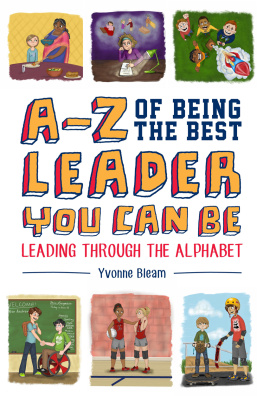
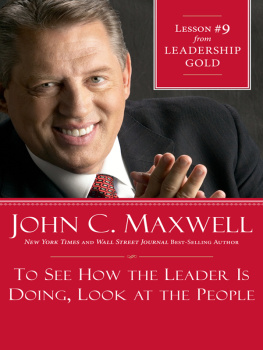
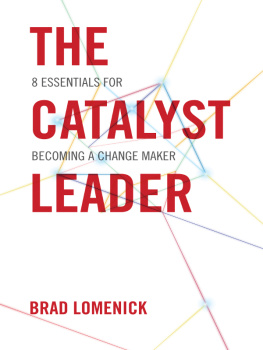
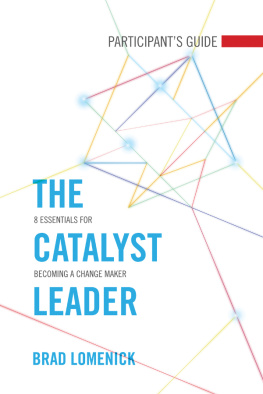


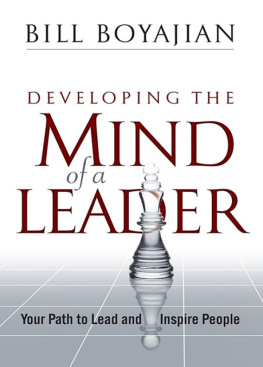
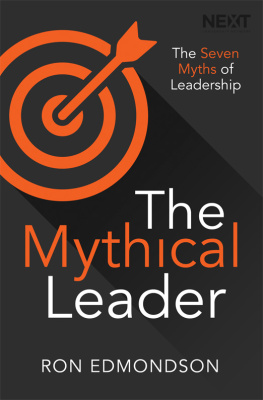
![Whitaker Nathan - The mentor leader: [secrets to building people and teams that win consistently]](/uploads/posts/book/228009/thumbs/whitaker-nathan-the-mentor-leader-secrets-to.jpg)
